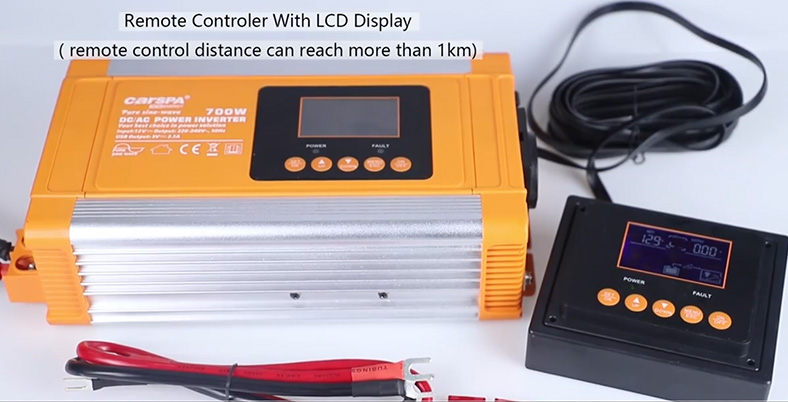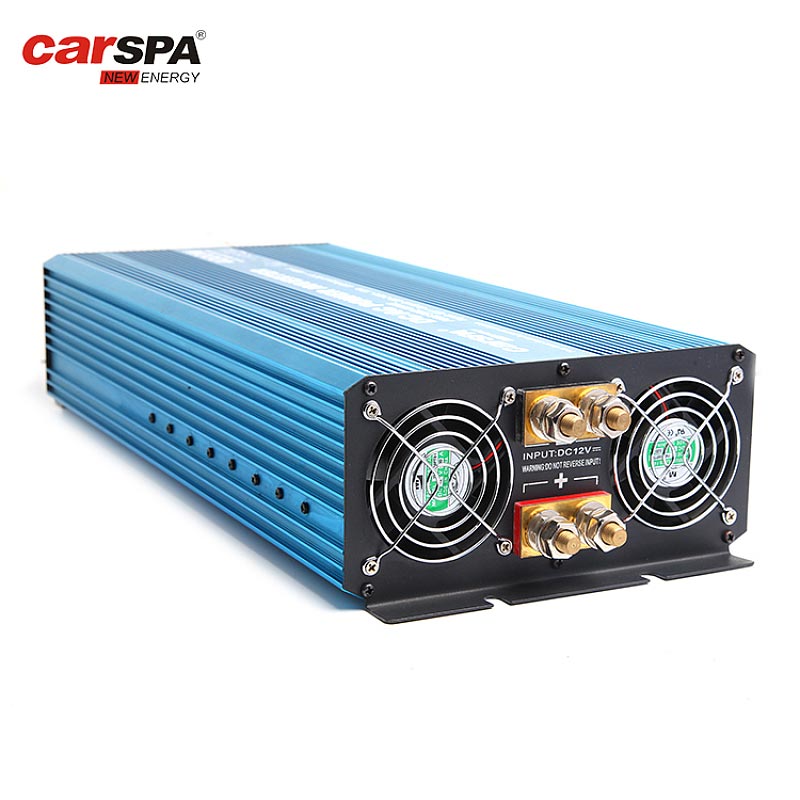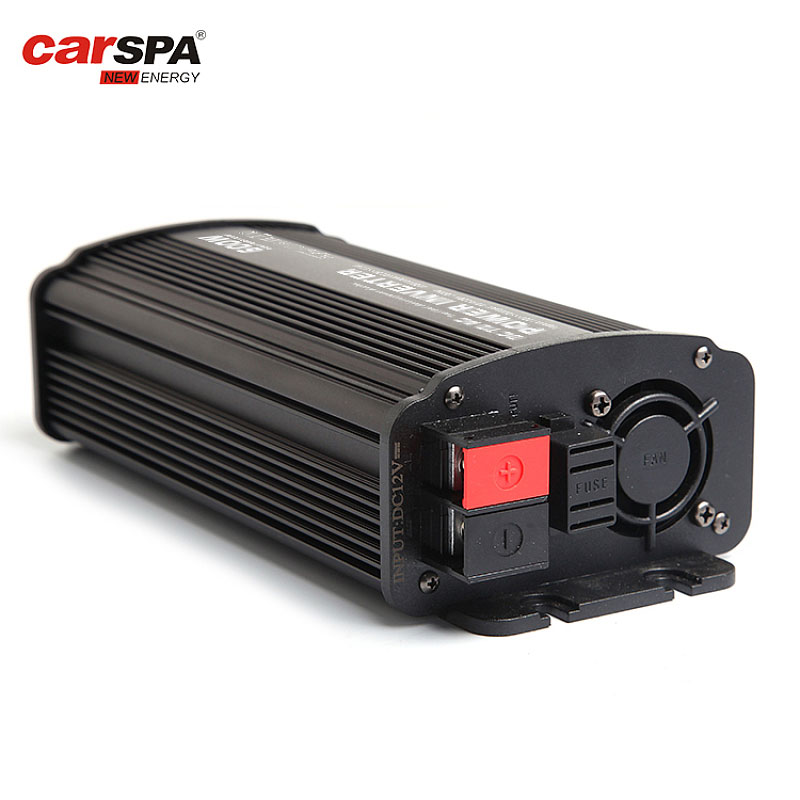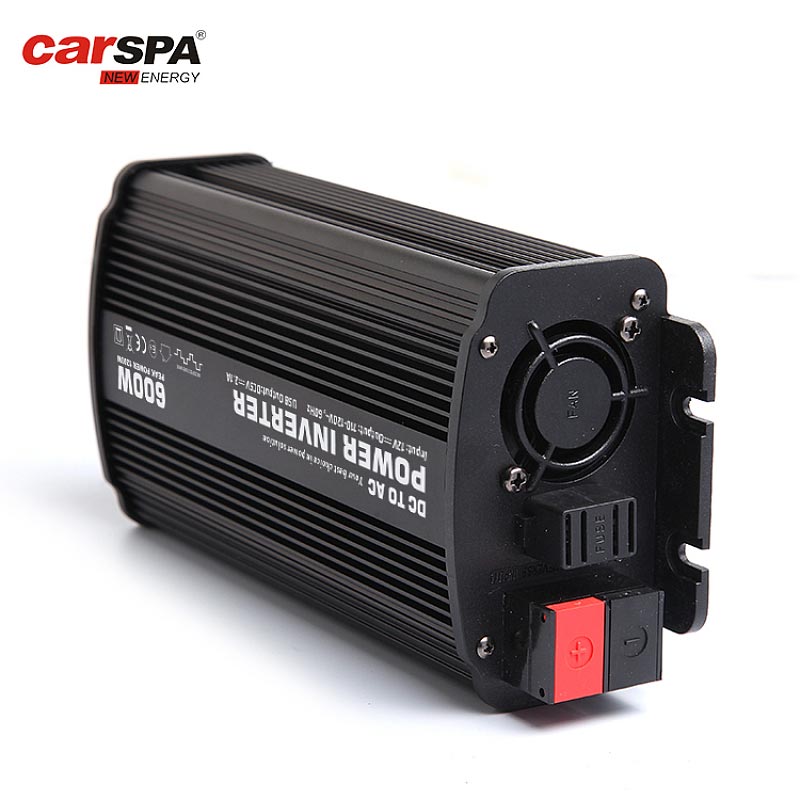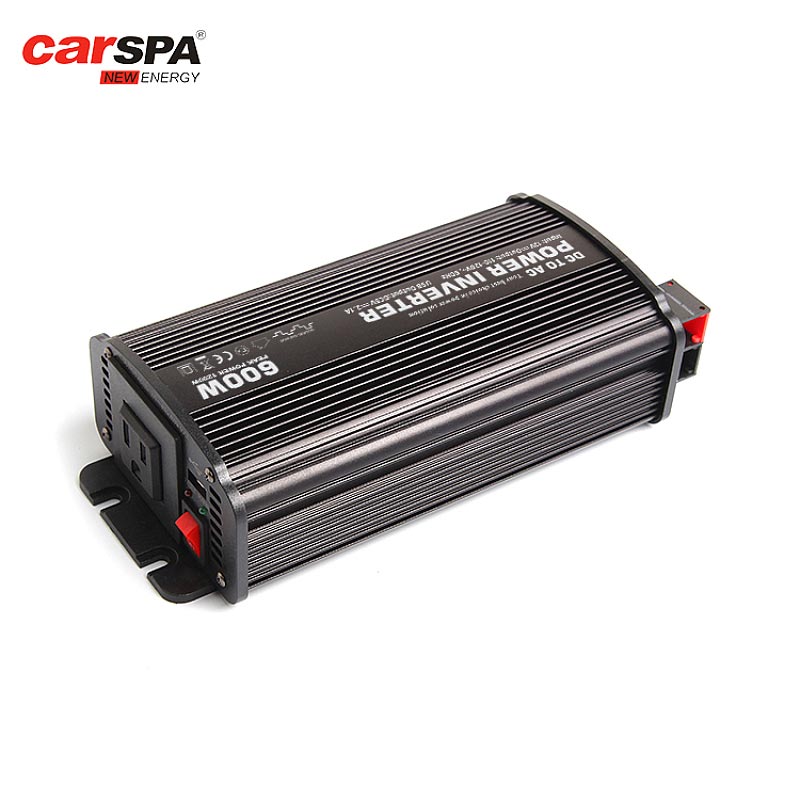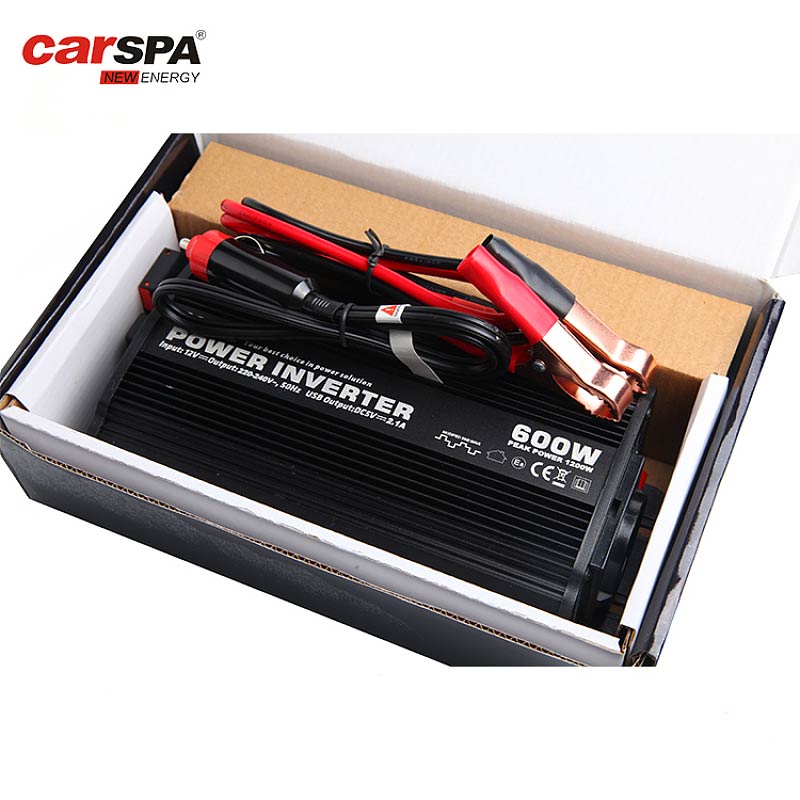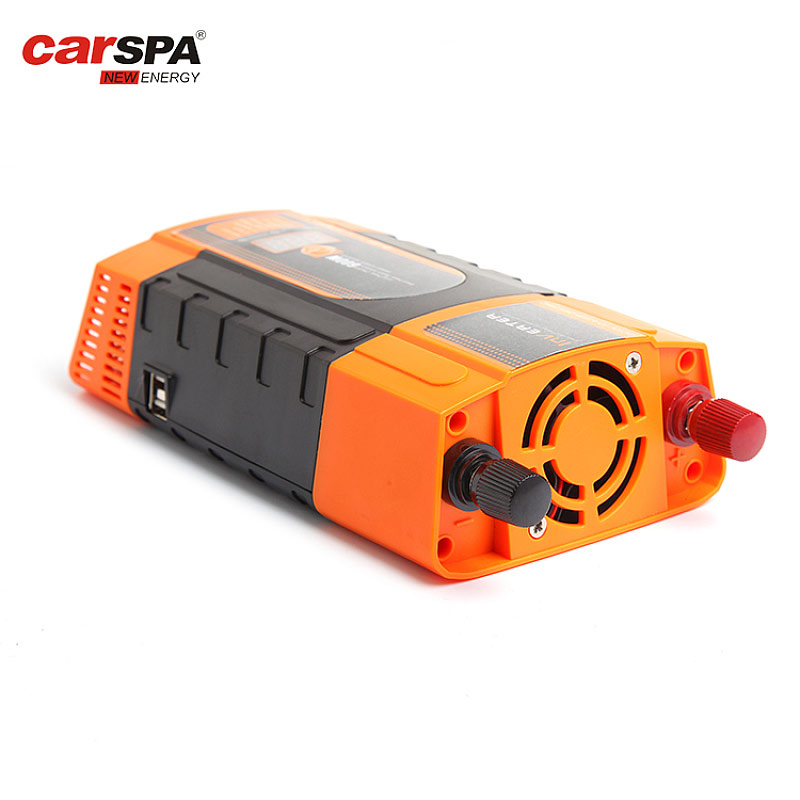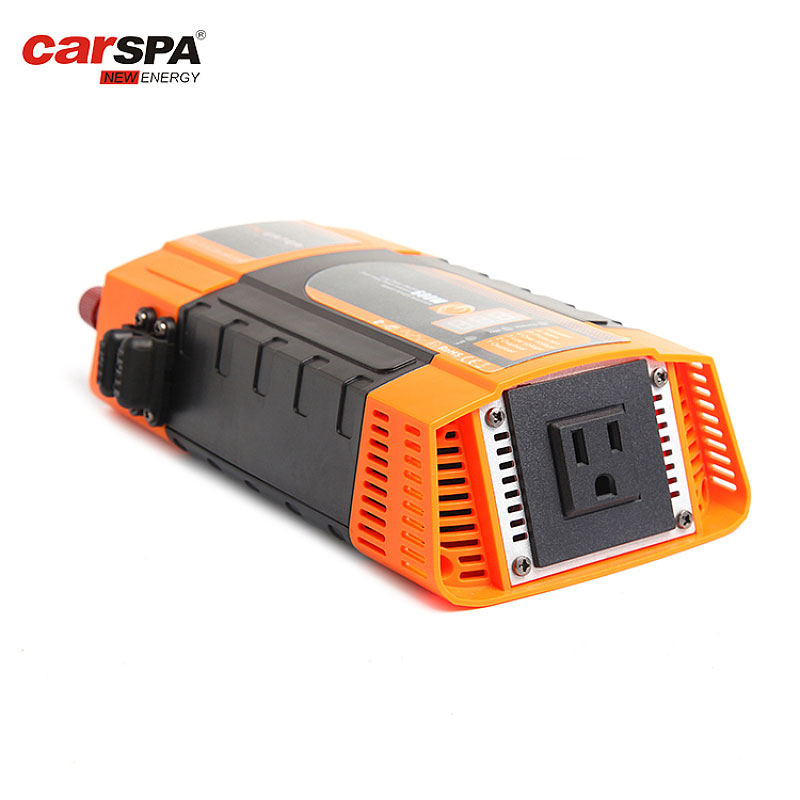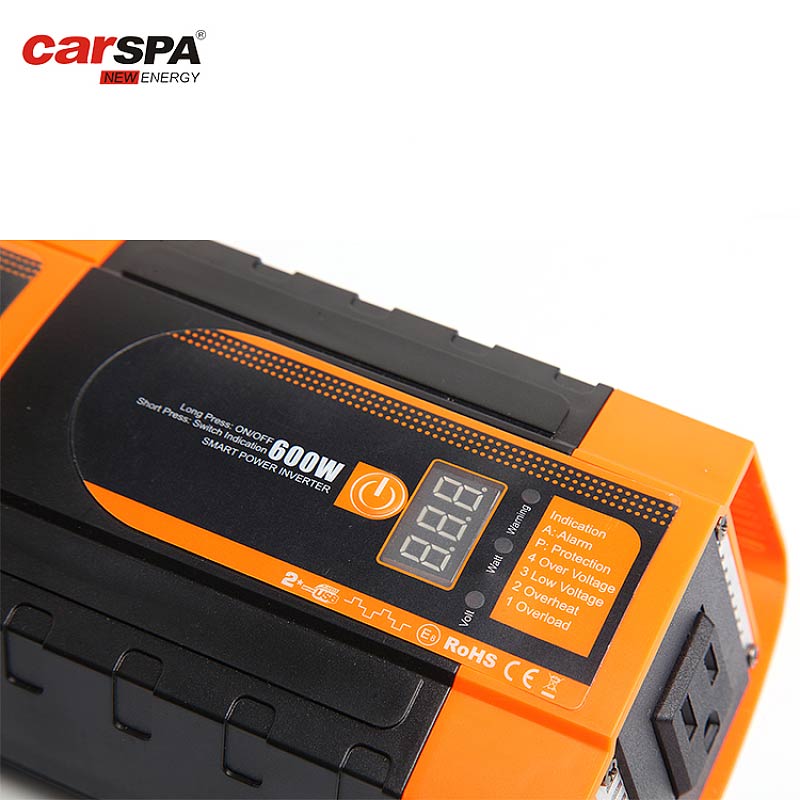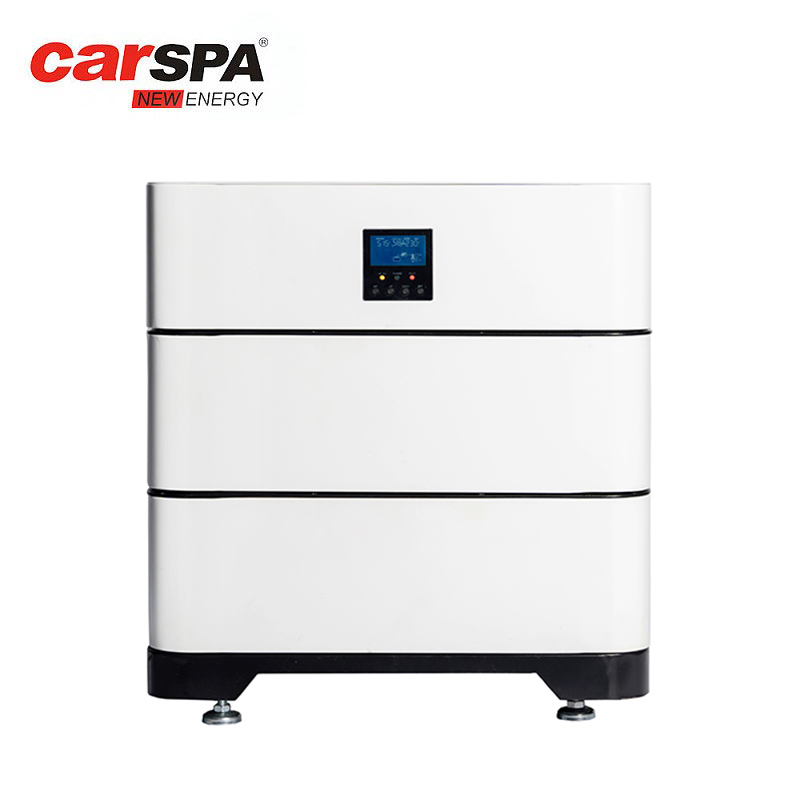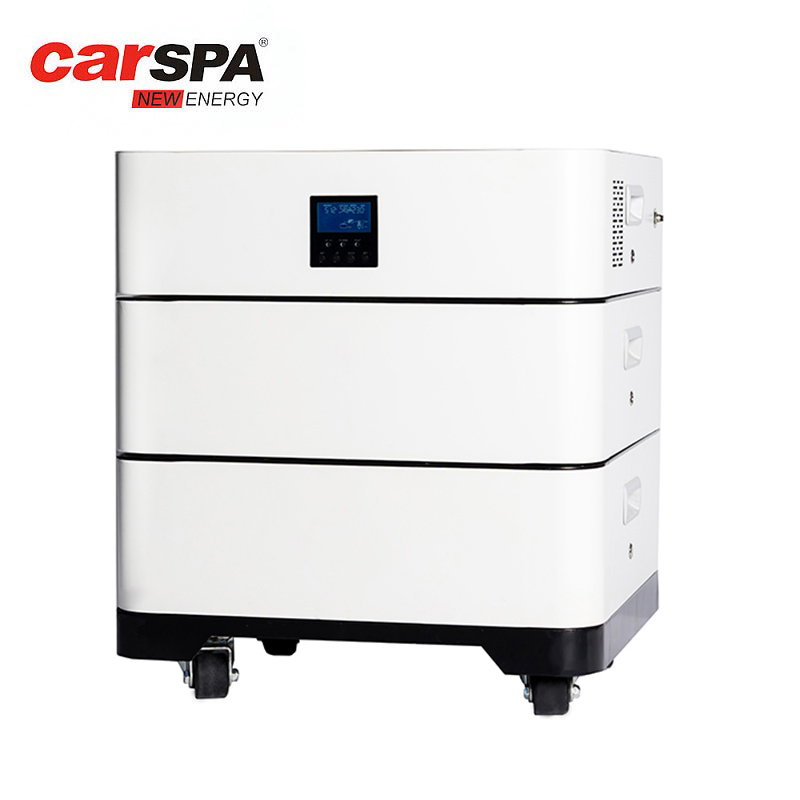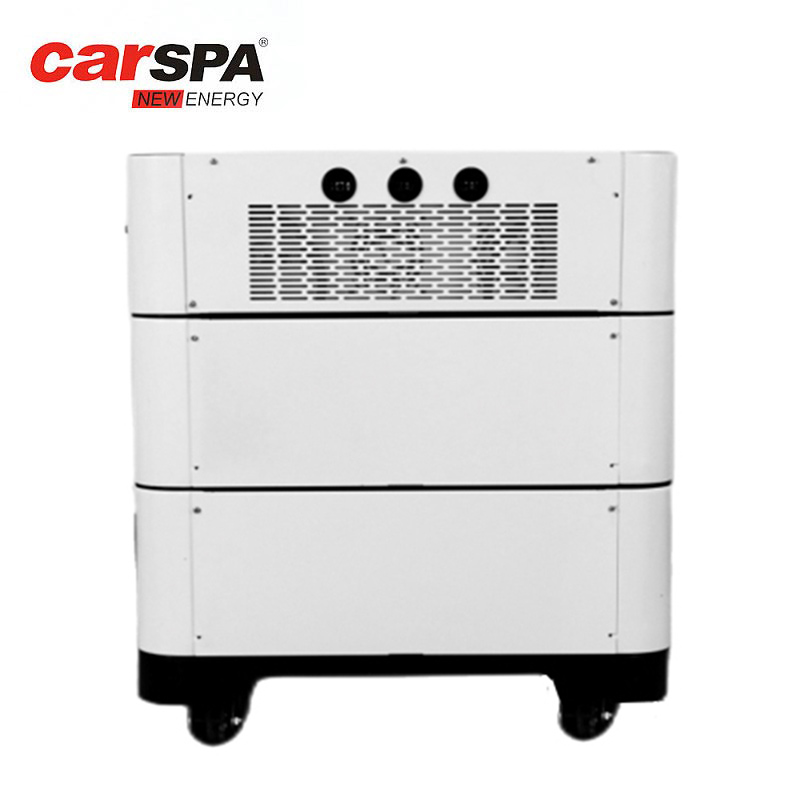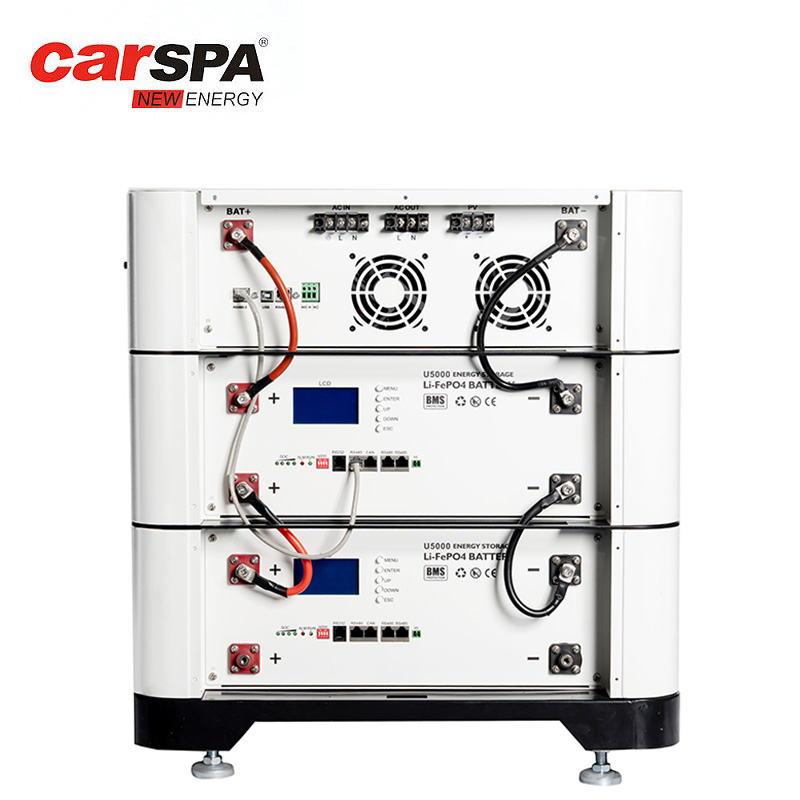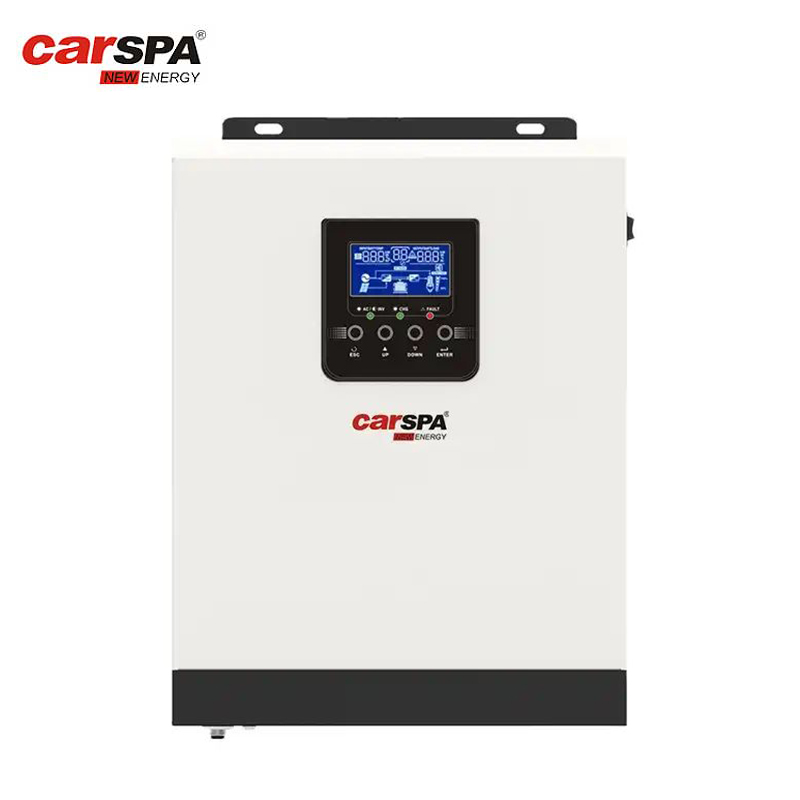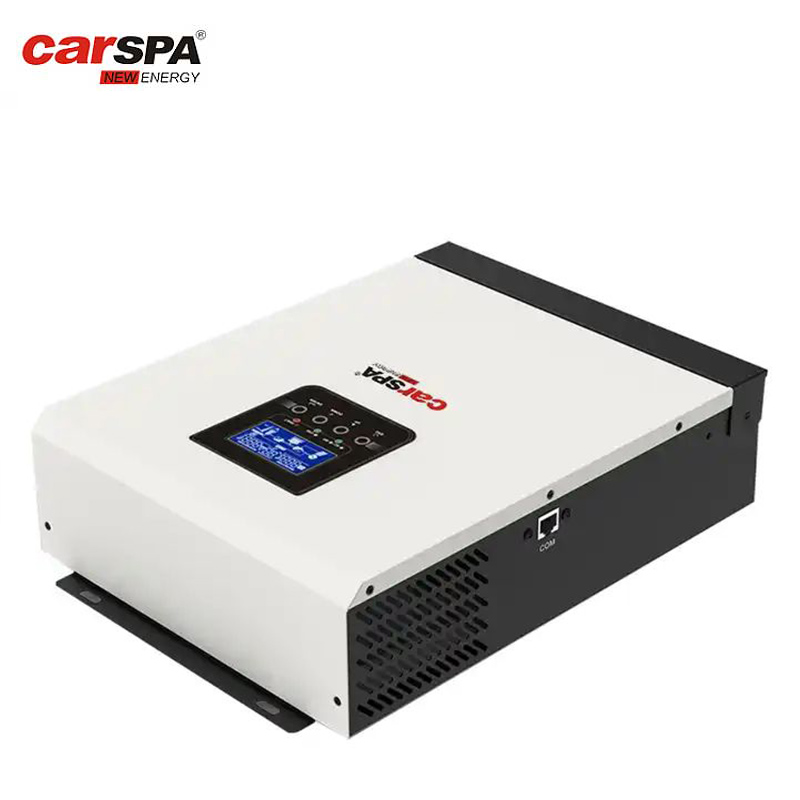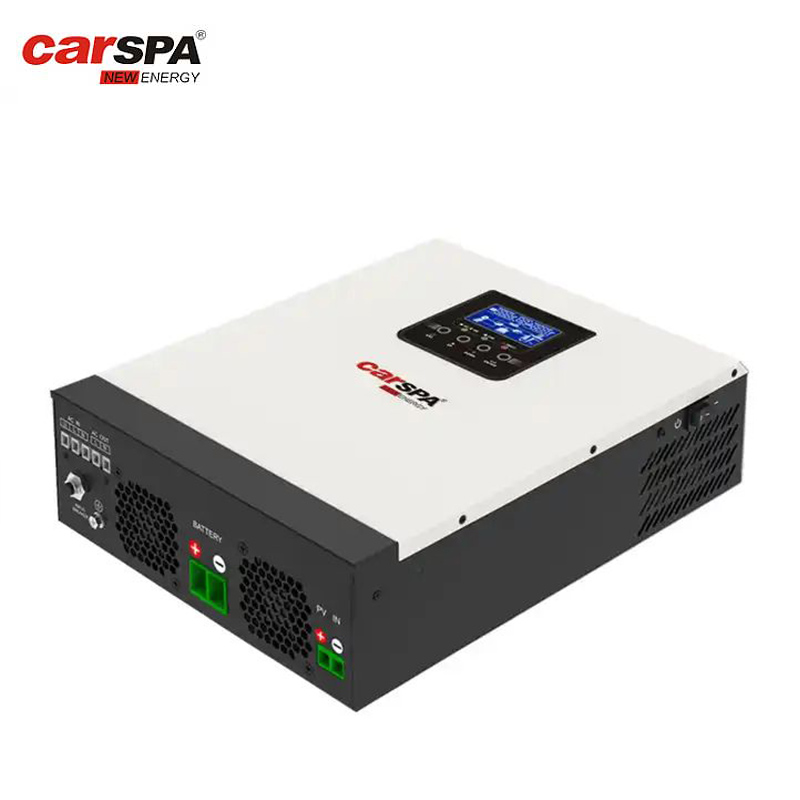What is PWM solar controller?
What is pulse width modulation used for?
PWM (Pulse Width Modulation) solar controller is a device used to manage the output current of solar panels.
Its primary function is to ensure the efficient transfer of energy generated by solar panels to the battery, while also protecting the battery from overcharging or overdischarging.
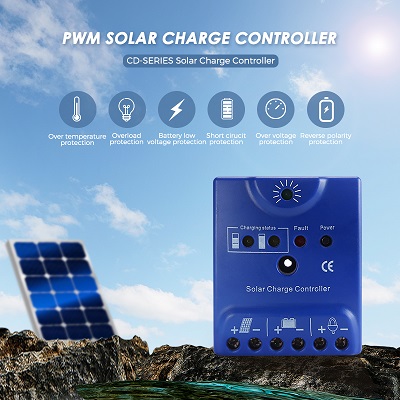
How does pulse width modulation work?
PWM technology operates by periodically switching the current on and off, causing the current to flow into the battery in pulses.
PWM solar controllers function by continuously monitoring the voltage of the solar panels and battery. Based on this information, the controller adjusts the pulse width to regulate the charging process.
PWM solar controllers function ensures that the battery receives the optimal amount of energy, preventing undercharging or overcharging.
The width of these pulses is adjusted based on the battery's charging status, ensuring the battery absorbs energy efficiently:
1. When the battery is almost fully charged
As the battery approaches full charge, the pulse width decreases, thereby reducing the rate at which current flows into the battery. This helps prevent overcharging and extends the life of your battery.
2. When the battery power is low
Likewise, when the battery charge is low, the pulse width increases to provide more current to charge the battery.
Additionally, PWM controllers typically incorporate features such as temperature compensation and equalization charge to enhance battery performance.
What are the advantages of PWM Solar Controllers?
1. Increased Efficiency of Solar Energy Systems
By optimizing the charging process, PWM controllers enable solar energy systems to operate at maximum efficiency.
PWM Solar Controllers ensure that the power generated by the solar panels is effectively utilized and transmitted to the battery, minimizing energy loss.
2. Extended Battery Lifespan
PWM controllers protect batteries from overcharging and overdischarging, which can significantly impact battery life. By carefully regulating the charging process, PWM controllers help extend the lifespan of batteries, reducing the need for frequent replacements.
3. Overload Protection and System Monitoring Functions
PWM solar controllers incorporate built-in protection mechanisms to safeguard the system from overloads and electrical faults.
PWM Solar Controllers also provide real-time monitoring of system parameters such as current, voltage, and battery status, allowing users to assess the system's performance and take necessary actions if any issues arise.
How to Install and Use PWM Solar Controller?
How to install PWM Solar Controller?
Installation steps and precautions for PWM Solar Controller:
1. Determine the appropriate location
Choose a suitable location for installing the PWM solar controller, considering factors such as accessibility, proper ventilation, and protection from direct sunlight, moisture, and extreme temperatures.
2. Mounting the controller
Securely mount the controller on a wall or a surface using appropriate screws or brackets. Ensure that the installation is stable and vibration-free.
3. Wiring connections
Follow the manufacturer's instructions to connect the solar panels, battery, and load to the designated terminals on the controller. Pay attention to the polarity and ensure proper wiring connections to avoid any short circuits or damage.
4. Grounding
Properly ground the PWM solar controller to provide protection against electrical faults and ensure safety.
Parameter settings of PWM Solar Controller:
1. Battery type selection
Set the controller to the appropriate battery type (e.g., lead-acid, gel, AGM) to ensure optimal charging and battery protection.
2. Charging parameters
Adjust the charging parameters such as charging voltage and charging current according to the battery manufacturer's specifications and requirements.
3. Load control
Configure the controller to control the load connected to the system, setting parameters such as load voltage, load control mode (e.g., dusk-to-dawn, time-based), and load protection thresholds.
4. Additional settings
Depending on the specific PWM controller model, there may be additional parameters to set, such as temperature compensation, equalization charge, or low-voltage disconnect.
Monitoring and Maintenance:
1. Monitoring system performance
Regularly monitor the PWM solar controller's display or interface to check vital information such as battery voltage, charging current, load status, and any error messages. This helps ensure the system is functioning optimally.
2. Maintenance of connections
Periodically inspect and clean the wiring connections to maintain good electrical contact and prevent corrosion. Tighten any loose terminals if necessary.
3. Battery maintenance
Follow the battery manufacturer's recommendations for maintenance, such as periodic checking of electrolyte levels, cleaning terminals, and equalization charging if required.
4. System troubleshooting
In the event of any issues or malfunctions, consult the controller's manual or contact technical support for troubleshooting guidance.
Any product you buy from CARSPA has a 2-year and 2-months warranty period,During the warranty period,When the products have any quality problems, you could contact us in any way you like.



